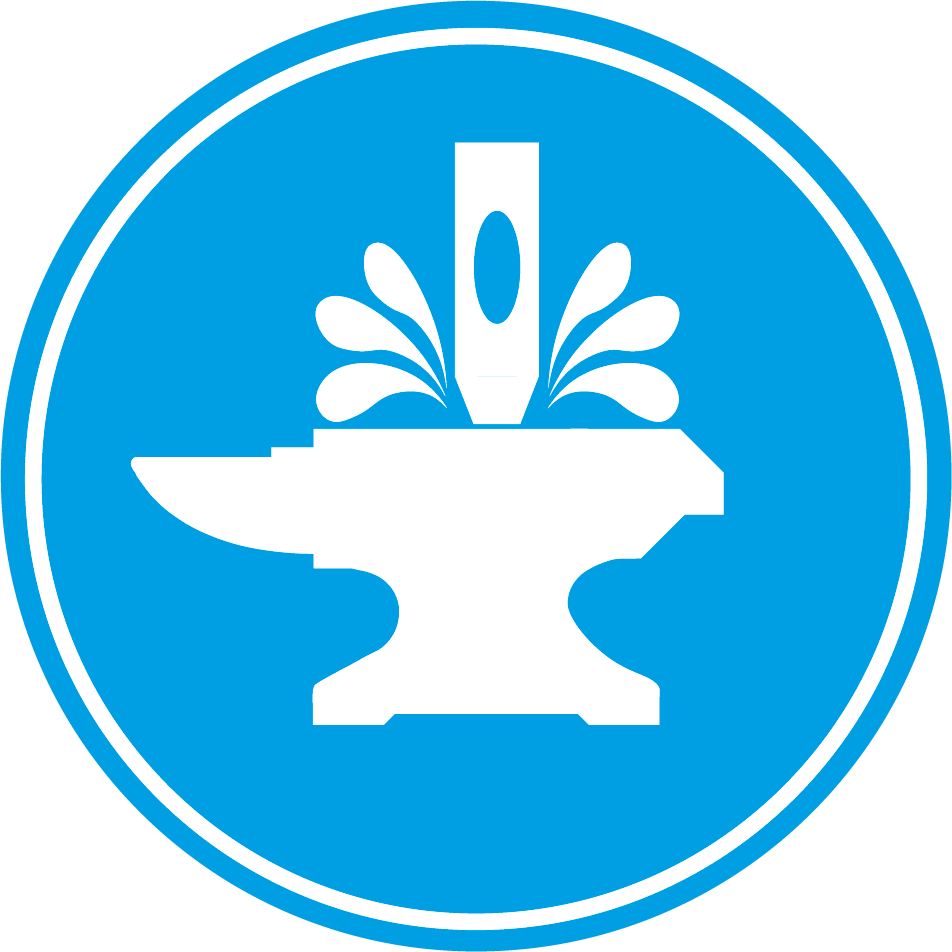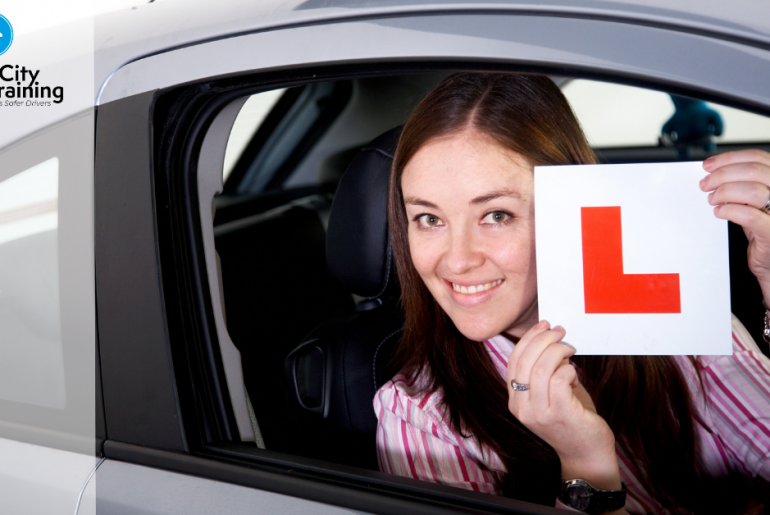The most important part of learning to drive is learning to stop, especially when an emergency unfolds ahead of you. This is tested on your practical driving test as the Controlled Stop manoeuvre, more commonly known as the Emergency Stop. In this blog post we take a deep dive into the Controlled Stop, how to do it safely and how it will be conducted on test.
Image by frimufilms on Freepik
How The Controlled Stop Should Be Practiced
Firstly, your driving instructor or supervising driver should have you practice the Controlled Stop before you go to test. You should practice on a 30mph road where possible, which is quiet and wide enough to allow cars to get past you if they arrive on the scene while you are getting ready to move off again.
Instructor/Supervising Driver
The Learner Driver
As the person supervising a learner driver you are responsible for the safety of both the people in the car and other road users. Do not get the learner driver to carry out the Controlled Stop if there is a risk to safety.
You should:
- Prior to practicing the Controlled Stop have the driver pull up at the side of the road and make sure they know what you are doing.
- Make sure you agree the signal you are going to use to get the learner to carry out the Controlled Stop. Usually the signal is a raised right hand by the main mirror and the word ‘STOP’ said firmly at the same time.
- Start the practice off at a slower speed if this the first time the learner driver has carried out a Controlled Stop.
- Carry out a full all-round look before asking your learner driver to perform the Controlled Stop. The learner driver shouldn’t carry out any checks before stopping, so you have to know beyond a shadow of a doubt it is safe to stop unexpectedly.
- Brace yourself before you give the signal to carry out the Controlled Stop. If the learner does the manoeuvre correctly there is a risk of whiplash if you are not sitting straight and are ready for the stop.
- Give the signal, then watch for the learner’s action. The stop should be firm, prompt and under control at all times. The learner should secure the car with the parking brake and make an all-round observation before moving off under your instruction.
- Do an all-round look of your own before the learner drives away.
- Pull over on the left when possible to review.
- REMEMBER – If you are not going to practice the manoeuvre any more, make sure that you inform the learner so they don’t over-react if you raise your hand.
- DON’T do too many. It’s hard on the learner, hard on the car and hard on your body. It’s better to do a couple each time you go out than spend an entire hour just going and stopping suddenly.
This is the only time that a driving instructor will tell you to do anything without checking it’s safe first. As such you need to have complete faith in the person giving you instructions. Be ready to respond as if it’s a real emergency.
You should:
- Speak up if you have any problems or questions with the Controlled Stop.
- Be prepared for the stop and any emotions it will bring up. Discuss any concerns you have with your supervising driver. If you’ve been involved in a serious accident or near miss in your past, you need to tell the supervising driver because it can cause issues with the Controlled Stop.
- Agree with your supervising driver what you are doing and how they are going to signal you to carry out the Controlled Stop.
- Wait for the verbal and visual command to carry out the stop. Try not to anticipate the instruction. It should come as a surprise to simulate the real thing.
- When the supervisor gives the instruction to stop: DON’T check your mirrors. Hit the brake pedal as hard as you can and make sure to steer to the middle of the road. Do not change direction unless there is a risk of damage or harm.
- Keep the clutch up until the last moment. Try not to stall but if you do it isn’t the end of the world.
- Once the car has stopped, apply your handbrake, if you are learning in a manual vehicle you can take it out of gear once the car has stopped, don’t try to stop and change gear at the same time. Then you can breathe!
- Wait for your supervising driver to tell you to move off. Before you do, take an all-round look.
- Ask to pull over if you need to take a break or are feeling particularly emotional as a result of the Controlled Stop.
- If you think that you won’t be doing another Controlled Stop but your supervising driver hasn’t specifically said so, remember to ask; it’s better to make sure than to stop urgently when it isn’t safe.
The Controlled Stop on your Driving Test
It is not a certainty that you will be asked to carry out the Controlled Stop on your driving test. Only 33% of driving tests will include a controlled stop.
The examiner will ask you to pull up on the left hand side in a safe, convenient and legal place before briefing you on the Controlled Stop. They will inform you of what they want you to do and how they are going to signal you to do it. They will ask you if you have any questions, if you do make sure you ask them.
When they ask you to drive on when you are ready, it’s not an instruction to move off straight away. You can take a few seconds to get yourself ready for the Controlled Stop, just don’t sit there for a couple of minutes!
You will see the examiner take an all-round look before asking you to do the Controlled Stop. If you do, try not to anticipate the instruction from the examiner, wait to be told to stop. Then carry out the Controlled Stop as you have practiced with your instructor or your supervising driver.
Remember to apply the handbrake and take the car out of gear if you are driving a manual before taking your feet off the pedals. If you are driving an automatic, you can leave the car in drive. Be careful where you put your feet if the car has an electronic handbrake. Some cars electronic handbrakes come off when you touch the accelerator.
YOU WILL ONLY BE ASKED TO COMPLETE A SINGLE CONTROLLED STOP ON YOUR TEST.
You may be asked to complete a Controlled Stop but not given the signal. This will be because the examiner doesn’t feel it is safe to do the manoeuvre. Being told you are doing a Controlled Stop and then not being given the signal is not a sign that you have failed your test.
What are the Main Reasons for Failure on the Controlled Stop?
The main reasons people will be unsuccessful at test as a result of the Controlled Stop are:
- Failure to complete an all-round look before moving off.
- Not stopping quick enough.
- Trying to pull away in an inappropriate gear. (Manual)
- Drifting to the left or right during the stop.
- Locking up the wheels if your car doesn’t have ABS.
For more information, or for full licence holders to book a refresher lesson on the Emergency Stop, contact us today.





